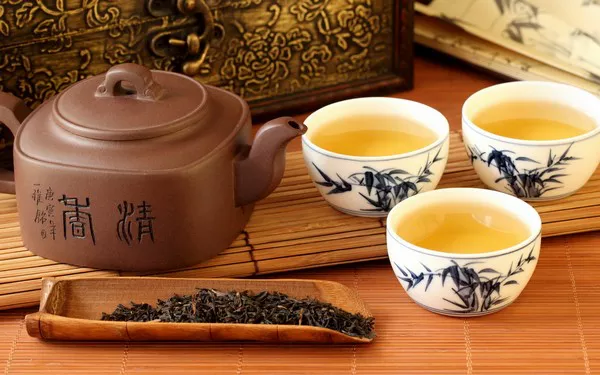Chinese restaurant tea has earned worldwide acclaim for its exceptional flavor, distinct aroma, and soothing qualities. While it may seem like a simple beverage, there is an artistry behind its creation that sets it apart from other types of tea. This article delves into the reasons behind the unparalleled goodness of Chinese restaurant tea, exploring its history, unique brewing techniques, and the cultural significance it holds in Chinese cuisine.
A Brief History of Chinese Tea
To understand why Chinese restaurant tea is so highly regarded, one must appreciate the profound influence of tea in Chinese culture. Dating back over 4,000 years, tea has played a pivotal role in Chinese society, evolving from a medicinal herb to a beverage consumed for pleasure and as part of traditional ceremonies. China’s diverse tea-growing regions have cultivated a rich variety of teas, each with its own distinctive characteristics.
The Finest Tea Leaves
Chinese restaurant tea owes its superior taste to the meticulous selection of high-quality tea leaves. Prized varieties such as Longjing (Dragon Well), Tie Guan Yin (Iron Goddess of Mercy), and Pu-erh are meticulously hand-picked by experienced tea farmers. These leaves undergo rigorous processing methods, including withering, rolling, oxidation, and firing, to enhance their flavors and aromas.
Brewing Techniques: A Delicate Balance
The preparation of Chinese restaurant tea involves precise brewing techniques that contribute to its exceptional flavor. Water temperature, steeping time, and teaware all play a crucial role. Unlike other teas, Chinese restaurant tea is typically brewed at lower temperatures to avoid bitterness and preserve delicate flavors. This gentle infusion method allows the tea leaves to gradually release their full essence, resulting in a smooth and satisfying brew.
Gongfu Cha: The Art of Tea
Gongfu Cha, the traditional Chinese tea ceremony, exemplifies the reverence and skill required to achieve a perfect cup of Chinese restaurant tea. From the selection of teaware to the precise pouring and steeping methods, Gongfu Cha emphasizes mindfulness and attention to detail. The use of small clay teapots, known as Yixing teapots, allows for better heat retention and enhances the tea’s flavor over time. This unique approach is an integral part of the Chinese tea-drinking experience.
Health Benefits and Cultural Significance
Chinese restaurant tea offers more than just a delightful taste. It is believed to possess numerous health benefits, such as aiding digestion, boosting the immune system, and promoting relaxation. Additionally, tea drinking holds deep cultural significance in China, representing hospitality, respect, and harmony. It fosters social connections and serves as a symbol of Chinese identity and tradition.
The Role of Atmosphere and Presentation
The ambiance of a Chinese restaurant contributes significantly to the overall enjoyment of tea. The serene atmosphere, soothing music, and aesthetically pleasing teaware all enhance the sensory experience. The presentation of the tea, often accompanied by small snacks, adds an element of elegance and refinement to the occasion.
Conclusion
Chinese restaurant tea stands out for its extraordinary flavor, which comes from the combination of high-quality tea leaves, brewing techniques, and the deep-rooted cultural significance it holds. Its delicate taste and exquisite aroma have captivated tea enthusiasts worldwide. Whether enjoyed in a bustling city or a tranquil tearoom, Chinese restaurant tea represents the culmination of centuries of tea mastery. So the next time you sip on a cup of this remarkable beverage, take a moment to appreciate the artistry and heritage that go into making Chinese restaurant tea so undeniably good.

